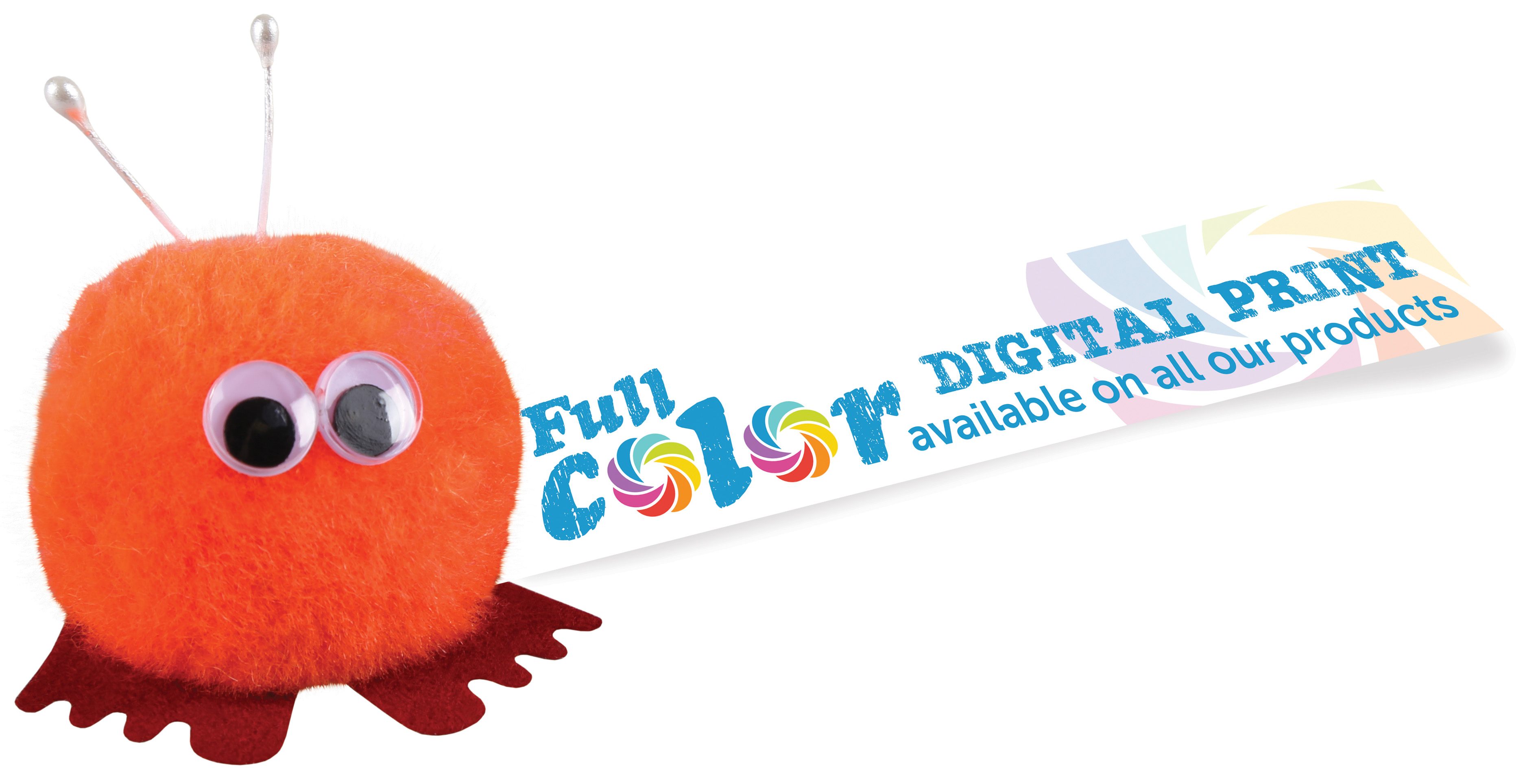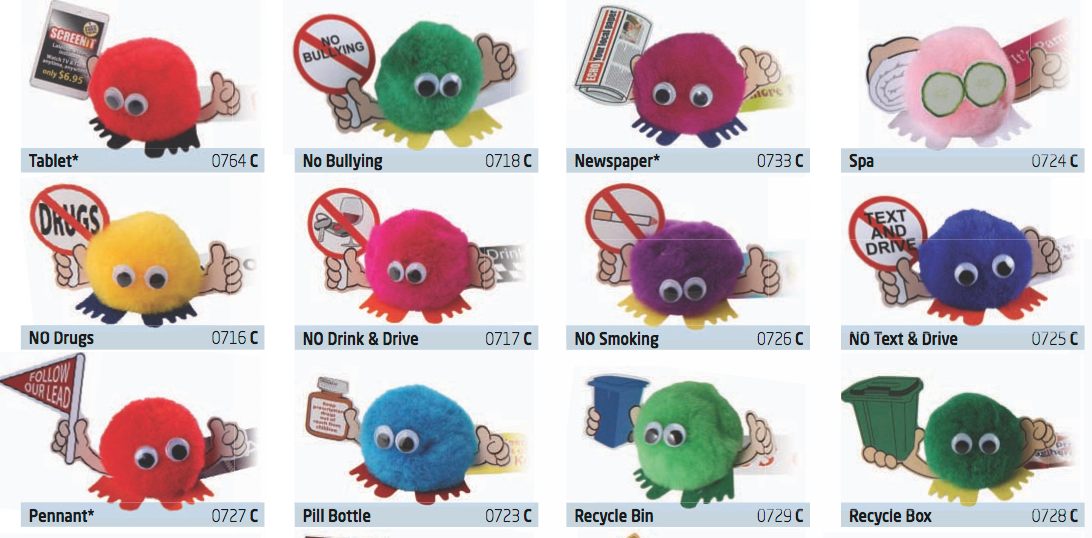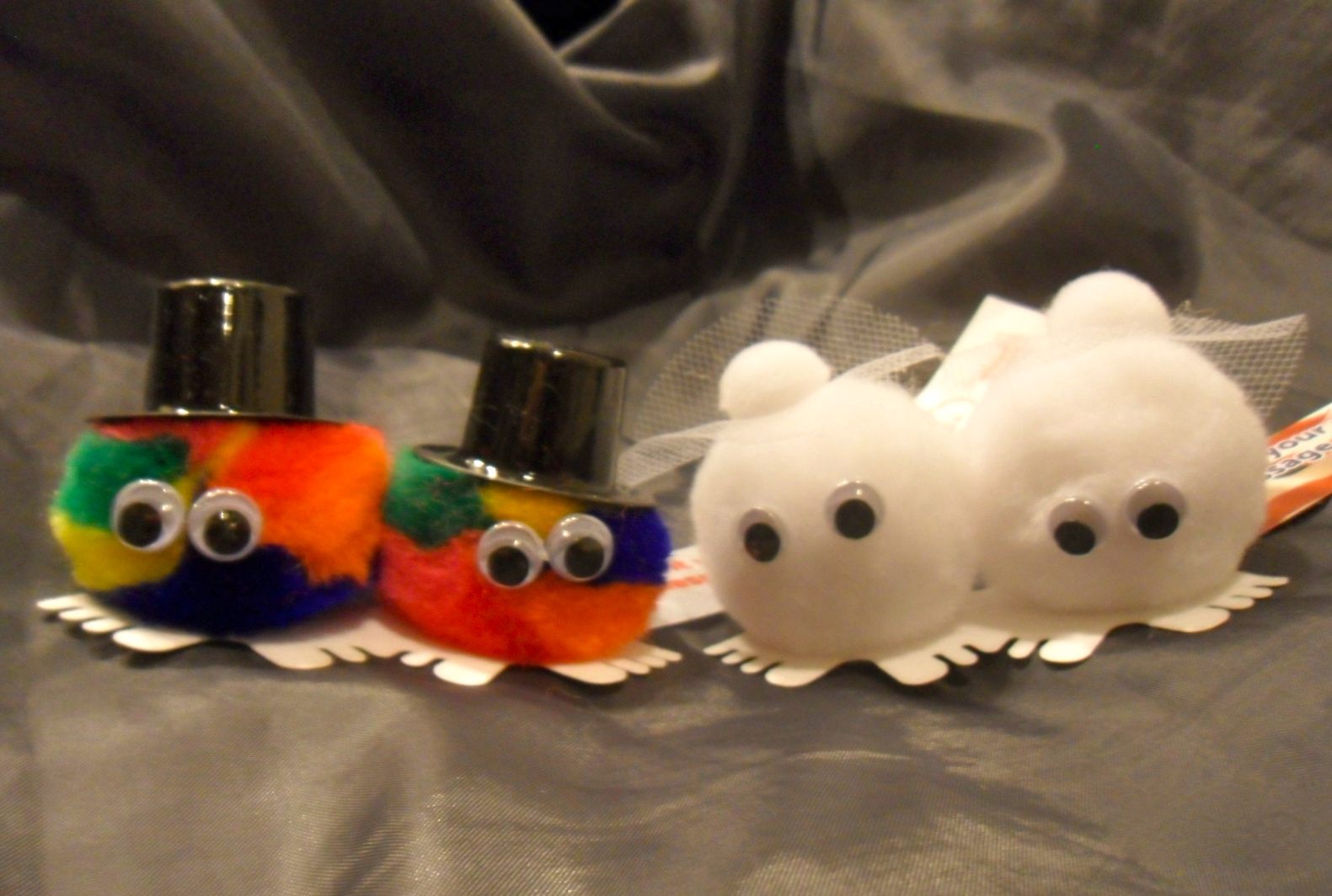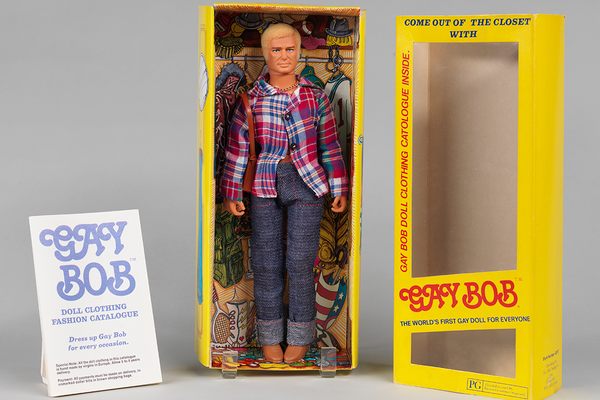Rediscovering the Wonderful World of Weepuls
These 1980s promotional fuzzballs refuse to die.

Do you remember Weepuls? A booming public relations trend in the 1970s and 1980s, they could often be found sitting on car dashboards, or clinging to the tops of computer monitors. For a time, fuzzy little pompoms with googly eyes were the only way to advertise. Even if you didn’t know what they were called or where they came from, you’re likely to have run into more than a few of them.
Weepuls, for those who may still be a bit baffled, are a customizable promotional tool created in the 1970s. Your average Weepul consists of a little round ball of colored fuzz, with a pair of eyes glued to it, plus two little antennae. They’re mounted on flat sticker-bottomed feet, to which is usually attached a little paper or fabric banner. Inexpensive, whimsical, and able to promote pretty much anything, Weepuls enjoyed a couple of decades of ubiquity in the age of physical advertising. And while today they’re not exactly ubiquitous, Weepuls are still alive and kicking.
The company that originally invented the Weepul is still the official producer and trademark holder of the promotional toy. According to a 2013 account of their creation forwarded to us by current Vice President of U.S. Operations for Weepuline, LLC, Michael Crooks, the original Weepul was created on a whim by a bored toy company employee in 1971.

Tom Blundell, having recently left service in the U.S. Army, was working at his parents’ plush toy company, BIPO. Heading out on a week-long vacation, Blundell’s parents left him in charge of the facility while they were gone, and as a young executive, he quickly grew bored. Looking to fill the time, he started fiddling with some of the raw parts laying around the office. He glued some googly eyes to a little pompom that they usually used for a nose on one of their dolls. To keep it from toppling over, he gave it feet, splayed in a parade rest “V” he had learned in the Army. It was a fun way to kill some time, but Blundell placed his new creation on the desk and promptly forgot about it.
When his parents got back from their trip, they immediately called Blundell over the weekend, saying that they needed to talk about his creation. He figured he might be in trouble for goofing off, and was in for a dressing down, but when he got to the office on Monday, his father was elated. He saw the puffball as the company’s next big product. A cheap, easy-to-make toy that could sell in the millions. In Blundell’s own words, which are surprisingly personal given that he’s talking about the creation of a tiny bit of promotional swag, “I had managed to dodge many bullets while I was in Vietnam but I had just dodged the biggest one ever, the wrath of my father.”

Blundell’s mother suggested the addition of the antennae, and the tiny creatures were off to the races. They were dubbed “Weepuls,” a portmanteau of “wee people,” a name they scavenged from an earlier doll that never made it off the ground.
At first, the fuzzballs were sold to variety stores such as Kmart and Woolworths, as little toys. But a few years after their original launch, the company started adding the now-standard banners to the feet, which originally included generic catchphrases such as “Smile” or “Have a great day!” In 1976, after Blundell graduated college, he purchased BIPO from his parents and began pushing Weepuls into the world of advertising and promotion. By 1979, Blundell had introduced the customizable ribbon, and began showing the Weepuls at advertising trade shows.
In 2013, Blundell sold BIPO, which was renamed Weepuline, LLC. He claims that between 1971 and 2012, they had manufactured over 400,000,000 Weepuls.
The success of Weepuls in the American market didn’t go unnoticed, and a version of the little toys hit the Netherlands in the 1980s under the name “Wuppies.” This Dutch version of the product caught fire with the help of the children’s singer Father Abraham. Abraham created an entire album of songs to promote the fuzzy figures. One of the songs, “Wij Zijn de Wuppies,” or “We Are The Wuppies,” became a small hit in 1981, making it to number 14 on the charts in the Netherlands.
Decades later, the promotional company Interall Group brought Wuppies back to celebrate Holland’s appearance in the 2006 World Cup, producing some 15 million of the things for sale in partnership with the Dutch grocery chain Albert Heijn. The Wuppies were given away with a set purchase amount and could be collected and traded for larger Wuppies. The promotion proved so popular that there were reports of people breaking into cars to steal the coveted large-size Wuppies.
Back in the U.S., the original Weepul never quite experienced the same fevered resurgence in popularity, but it never stopped innovating either. The standard alien puffball has been elaborated on over the years, and can now be ordered in dozens of different colors, patterns, sizes, and textures. Simple additions such as little cardboard arms and funny hats have made them yet more customizable and expressive, and product upgrades such as Crooks’ own idea to create tear away banners that can act as coupons, have kept them viable.

The official Weepuls catalogue now features around 200 variations, including versions decrying smoking and bullying, Weepuls shaped like animals or computers, and matching wedding sets, all still hand crafted. In 2016, Weepuline even proudly introduced paired Weepuls to celebrate same-sex marriage. Their brand keeps growing, even if you’d long since forgotten about them.








Follow us on Twitter to get the latest on the world's hidden wonders.
Like us on Facebook to get the latest on the world's hidden wonders.
Follow us on Twitter Like us on Facebook